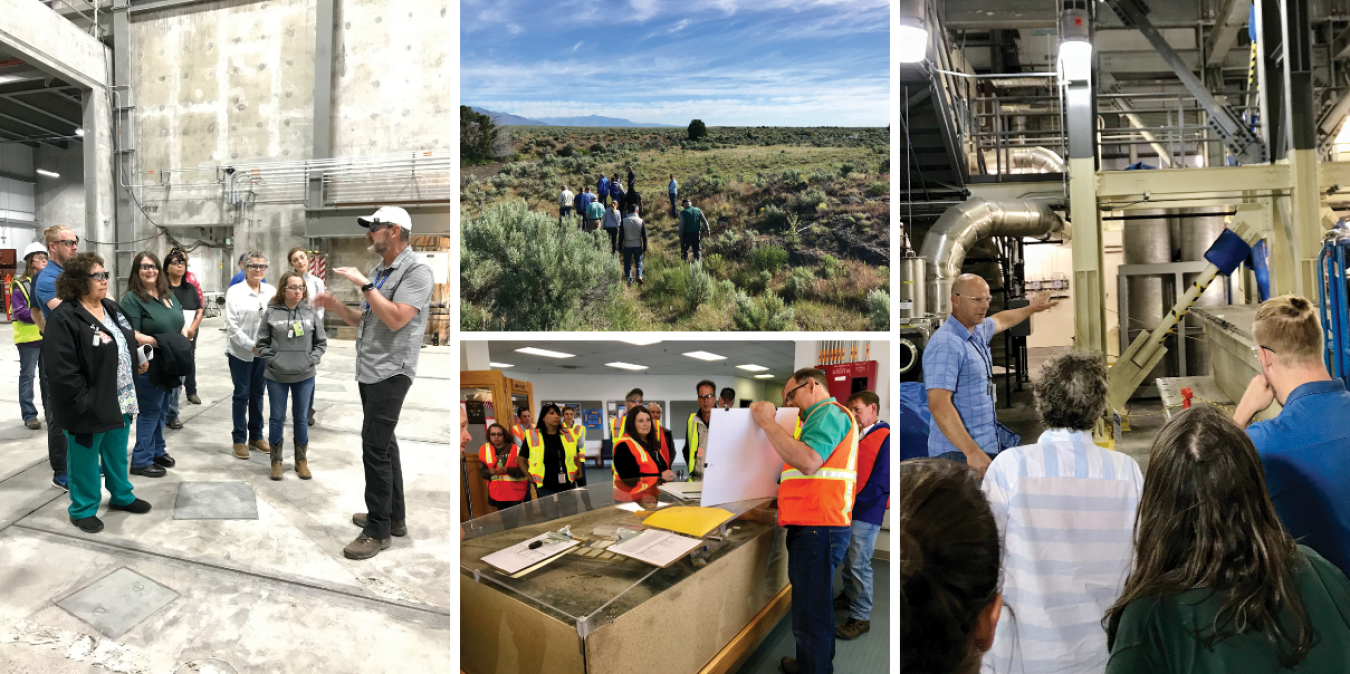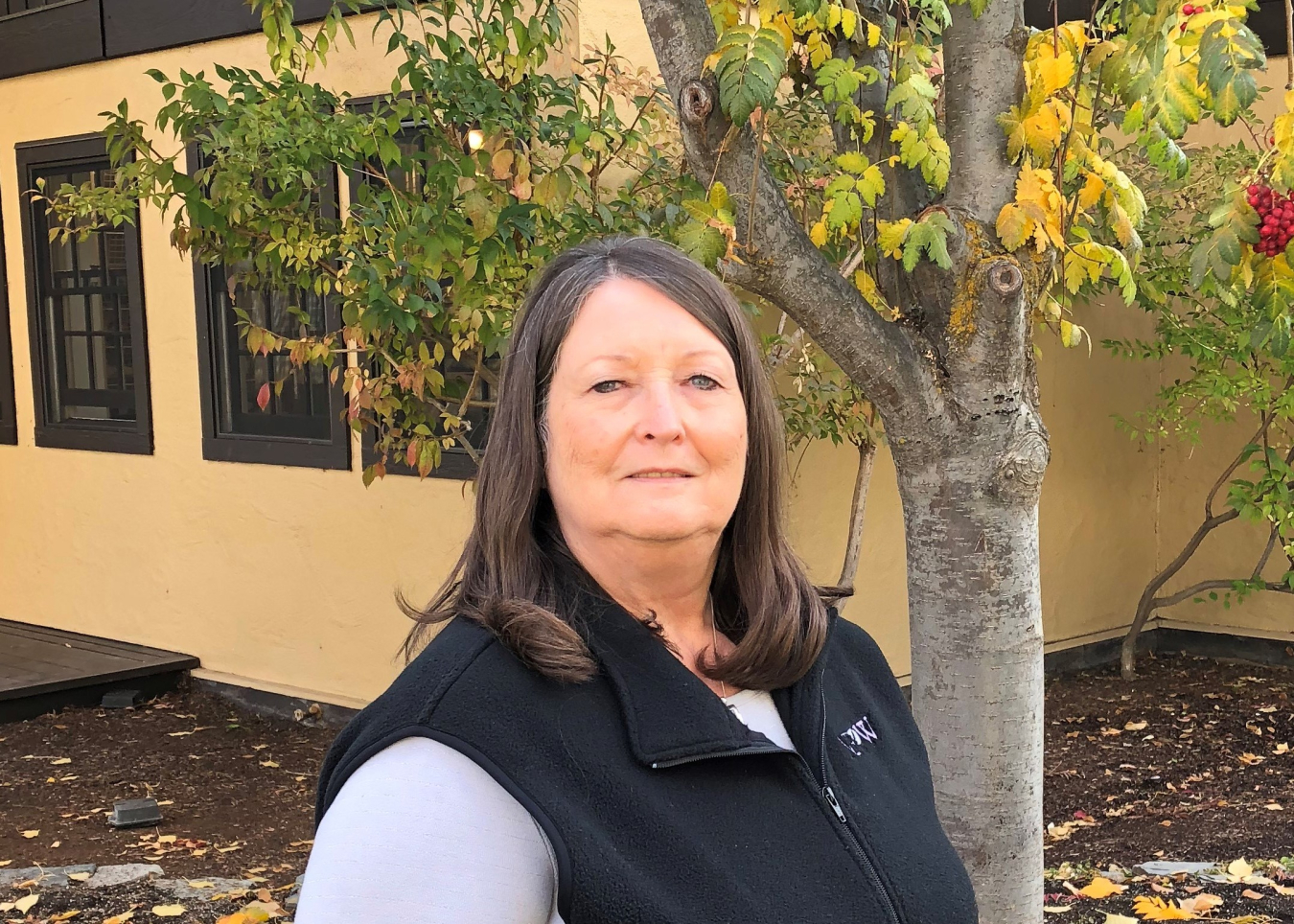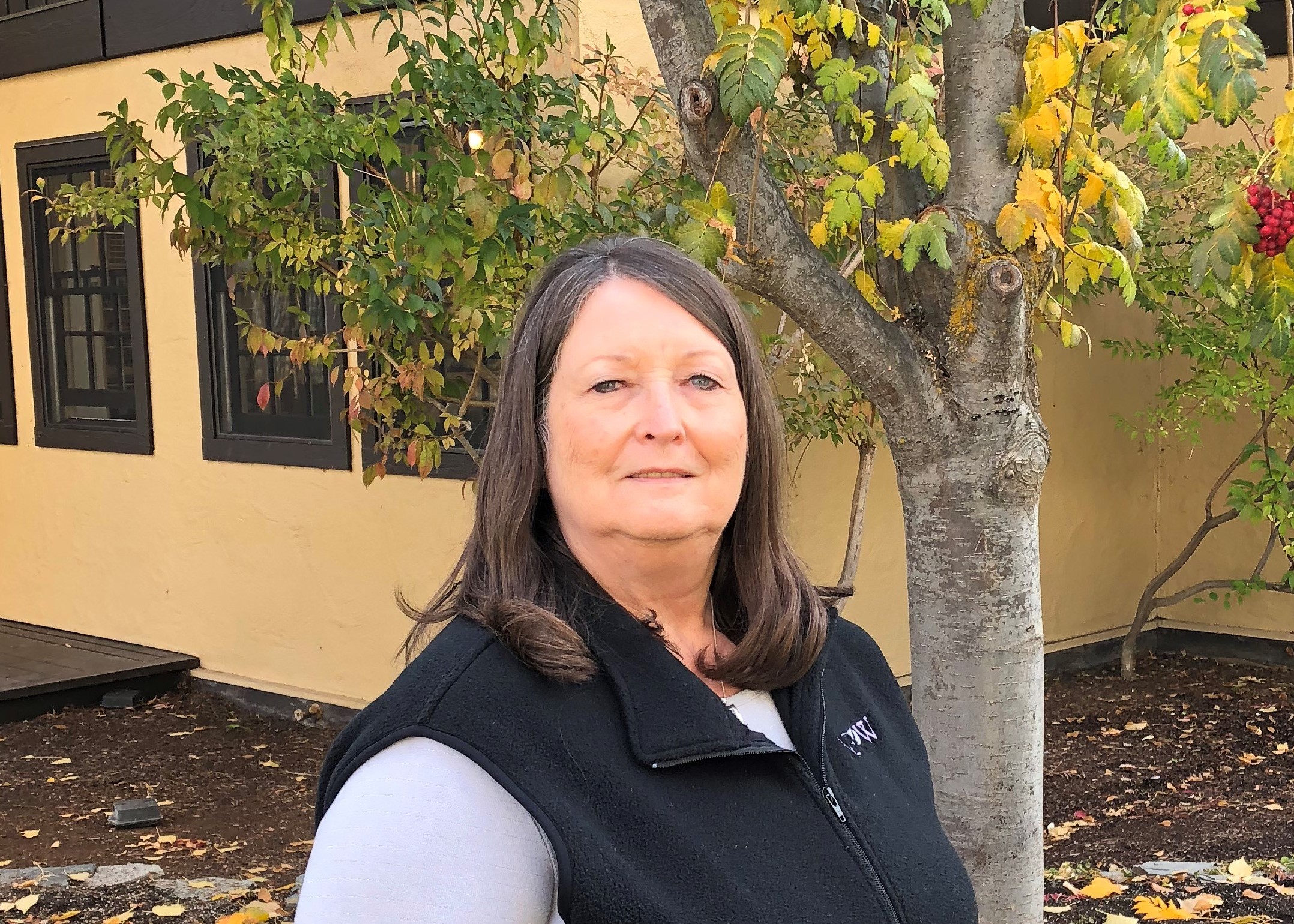ICP CAB Members share impressions of their June site tour
Idaho Cleanup Project Citizens Advisory Board
October 17, 2019
The ICP CAB spent a beautiful June day touring the INL prior to the quarterly board meeting.
In a jam-packed day, the group left in two tour vans from the Shoshone-Bannock Hotel & Event Center in Fort Hall at 7 a.m. and listened to the history of the DOE site during the hour-long drive. The tour was coordinated and led by Brad Bugger, DOE-Idaho CAB Federal Coordinator; Erik Simpson, Fluor Idaho; and Jordan Davies, CAB project staff.
The group first visited the Lost River Site for a cultural resources tour and explanation of the area by Sho-Ban cultural resource experts Larae Bill, Velda Racehorse and Hailey Becker. Also sharing their knowledge of the area were Battelle Energy Alliance (BEA) cultural resource experts Suzanne Henrikson and Reece Cook.
“I really enjoyed the combination of having the tribal members there to relay the history alongside the archaeologists. It really helps to tie the two aspects of the history together. I was very surprised at the timeline they have researched and passed down for so many generations,” said Brandon Leatham, CAB member from Bonneville County. “It was amazing to me how they are able to follow paths and routes for their seasonal migration and hunting needs basically from landmarks.”
CAB Chair Trilby McAffee of Butte County, said this was the sixth tour she had been a part of, and the best tour yet. “Combining the cultural and facilities made for a very enjoyable and informative day. Having tribal individuals and archeologists in the van, provided us with oral history and insight that would not have been available in a conference room.”
Jackie Agenbroad, CAB member from Ada County, agreed> “The archeological tour was definitely a plus. I think having archeologists there to make sure the legacy of the Shoshone-Bannock tribes is being honored and protected is important. We also learned some interesting things such as why the Shoshone-Bannock tribes are so closely connected, in part because of government relocation of the people but also because the Bannock helped to protect the unwarlike Shoshone from raiding war tribes.”
“Even though the INL is not generally accessible to the public, the fact that this large area is more or less undisturbed from an ecological standpoint is a plus for me,” said John Sigler, CAB member from Bannock County. “Even with all the infrastructure, roads power lines and buildings, there is still a great deal of more or less natural habitat left out there for both plants and animals. My second impression has to do with the significant Native American cultural resources present on the site. Although we stopped at only a few locations and only had a little bit of time to look at those locations, it was apparent that the cultural resource value of the area is immense.”
Following the tour of several cultural resource sites, the tour group headed to the Radioactive Waste Management Complex for a tour of one of the Accelerated Retrieval Project (buried waste exhumation) facilities, and a discussion of vapor vacuum extraction project and future cap on the burial grounds. The group also spent the afternoon touring Chemical Processing Plant 666’s spent nuclear fuel pools, visited the calcine retrieval mock-up and toured the Integrated Waste Treatment Unit (IWTU) returning to Fort Hall. IWTU is designed to solidify about 900,000 gallons of liquid radioactive waste stored on site.
“What was most interesting to me was to see the guts of the IWTU,” said Brad Christensen, CAB Vice-Chair from Ada County. “It was the first time for me to physically see what I have seen countless pictures of and (I’m actually ashamed to admit this) - had dreams about.”
Christensen said that seeing the intersection of the physics, mechanics, and chemistry being harnessed to process the liquid waste was really a treat. “I know that sounds utterly dorky, but it is almost a shame that all of this is being created just to dispose of something yucky.”
Christensen said another fascinating part of the tour was the preparations to process the calcine in the bin sets. “The robotics that will be employed to make that system operational are so advanced and precise. It seems that they are anticipating all possible obstacles and solving them ahead of time. Of course, there will be surprises but at least it feels like we are trying to get ahead of the curve.”
Sigler felt the ongoing cleanup activities associated with the ICP are also very impressive. “It is difficult to come up with superlatives that describe the extent and breadth of these massive undertakings. The personnel working on the cleanup are well informed, knowledgeable, dedicated and energized. Idaho should be proud of all the workers at the INL for their efforts in the cleanup process.”
Agenbroad said she also enjoyed touring the facilities. “It’s amazing to see all the work that is being done and the real dedication that the workers have to the mission.”
“What I liked best about the site tour this time is that we had several opportunities to talk to the people actually doing the work and we could see their enthusiasm for what they are doing,” said Marvin Fielding, CAB member from Jefferson County. “I had a lunch conversation, then there was the calcine removal mockup where we got to see the challenges they were working through. We had a brief conversation in one of the offices about the fluidized bed model, and it was really great to walk through IWTU during an outage with the access doors open. In all of the locations, our tour guides took time to tell us about their work and answer our questions.”
In summing up the tour overall, McAffee said the personnel at all the facilities were knowledgeable and willing to answer numerous questions. Seeing how far the cleanup mission has come in the past few years and the innovative skills and pride of the workforce truly was a high point.
Christensen said his biggest takeaway from the day-long tour was in the professionalism and courtesy of the people we interacted with. “I truly believe that we have world-class men and women at our operations and I appreciate their dedication to cleaning up Idaho.”
Teri Ehresman
Ms. Ehresman retired from a career in communications and public affairs in 2015. Prior to working for the Idaho National Laboratory for 25 years, she worked for 14 years as a reporter and editor at the Idaho Falls Post Register. She holds a Bachelor of Arts degree in Communications/Journalism from Brigham Young University in Provo, Utah. She has volunteered for the National Federation of Press Women and the Idaho National Laboratory Employees Association. Ms. Ehresman is interested in educational and environmental issues and resides in Island Park, Idaho.



